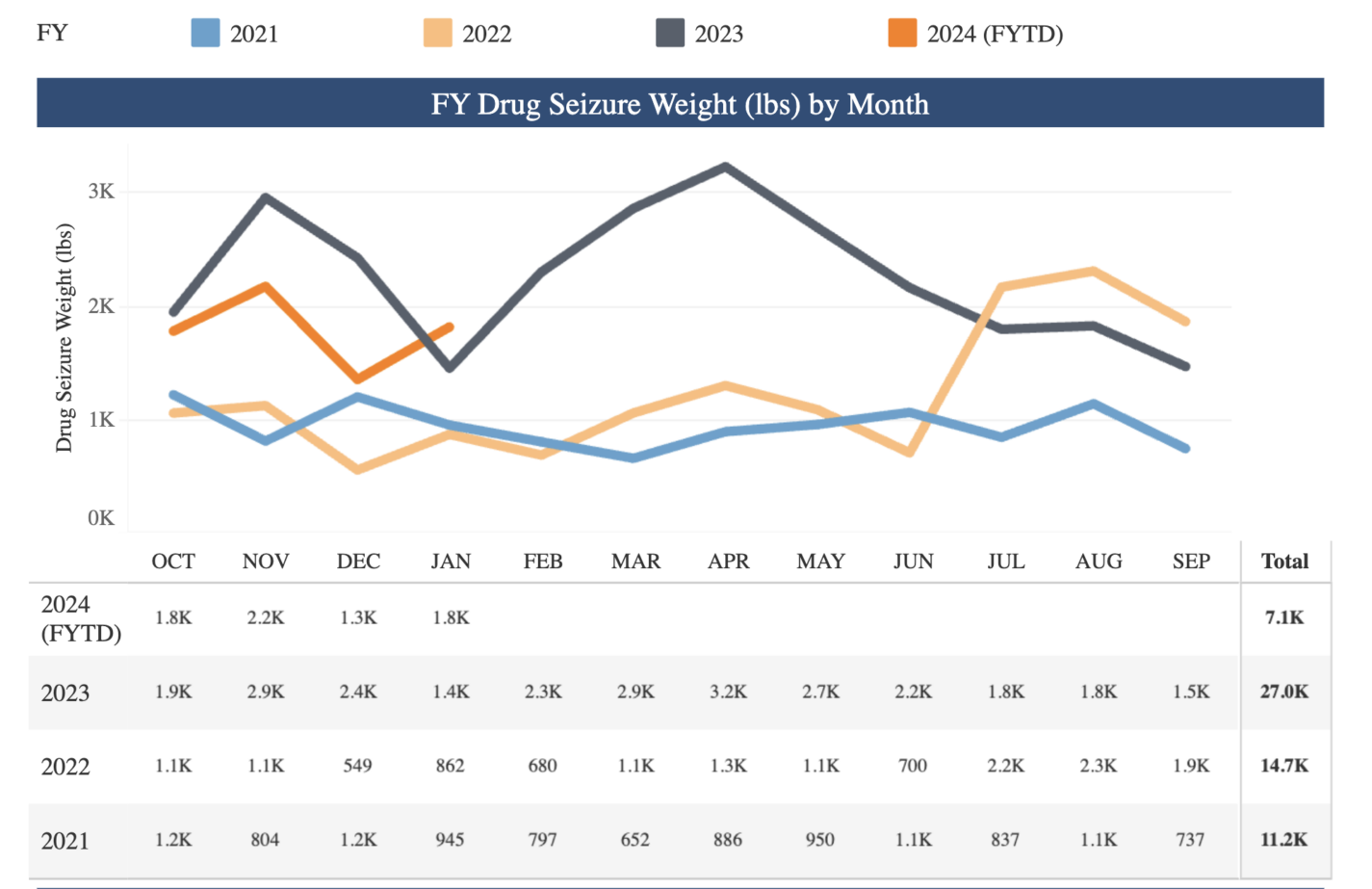Over the weekend two more promising young lives were snuffed out in what police speculate were accidental drug overdoses. In sleepy but growing Raleigh suburbs, young families are burying their children because drugs and fentanyl poisoning are quite literally claiming a generation of Americans.
In this case, two young athletes died overnight on Saturday in what police say are accidental ingestions of lethal doses of fentanyl. There was a time when, for middle- and upper-income Americans, drug overdoses were “not in my neighborhood.” It was happening elsewhere, in sketchy places and dark alleys. No longer. You don’t have to go far to find families for whom the unimaginable has happened to their honor students, athletes, and social butterflies — yes, often privileged kids.
Last week Operation Thunder on the Hill in Nash County, North Carolina, resulted in three arrests and seizure of 419 fentanyl pills, 68 grams of crack cocaine, and 490 grams of powder cocaine. The haul was likely headed to campuses and communities across the state. Investigators tracked this drug trafficking ring along I-95 in Rocky Mount for nearly two years, and undoubtedly saved hundreds of lives.
It took the fentanyl crisis and 332 fentanyl deaths in North Carolina so far in 2024 to wake us up to what’s been happening in other communities for years. Current victims of fentanyl poisoning are overwhelmingly young, white, and male, according to the North Carolina Department of Health and Human Services. However, the rate of increase in these deaths is hitting black and Hispanic communities hard. A 135% increase in black communities and 117% increase in Hispanic communities.
There is a small reported drop in death rates from 368 in January of 2023, compared to 332 in January of 2024, but that could be attributed to the increase in awareness among teens and the distribution of injectable naloxone by pharmacies and public health organizations. Naloxone, in some cases, stops an opioid overdose. In 2021, the NC General Assembly passed a “standing order” for naloxone, making it available without a prescription. In a recent visit to the emergency room for stitches with my own family, naloxone was in the small, white plastic bag with our checkout documents.
“We are giving it to all families with kids under 25 years old,” the nurse told me, with a somewhat defeated sigh.
So here we are. There is no shortage of supply in the illegal drug market. Seizures of fentanyl coming across the southern border shot up over the summer of 2023 and still hovers well above the rate of January 2023.

The prevalence of lethal doses of fentanyl hidden in fake pharmaceuticals and street drugs like marijuana and cocaine is increasing. Education on the risks of taking all kinds of drugs is helping. But we all have to be on board.
Those who would dismiss the risks of drugs like marijuana or argue that “it will be legal eventually anyway” are living in the dark ages of 4% THC. Beyond the aforementioned risks of unknowingly being poisoned by a dealer looking to cut costs, today’s cannabis is much stronger and its effects are not well-studied.
In 1995, the average THC content of cannabis was 4%. Today, the average is around 15% with some products being as high as 90%. According to “Not Your Grandmother’s Marijuana” from Yale University, the manufactured increase in THC levels is creating an environment of devastating health effects for young people, including marijuana-induced psychosis.
“A lot of our views about cannabis, unfortunately, are not driven by good science, but driven more by opinion,” says Dr. Deepak Cyril D’Souza, MD, who announced last month that he is leading a team of pharmacology and psychiatry experts to launch the Yale Center for the Science of Cannabis and Cannabinoids. It is the first center of its kind on the east coast dedicated to high-quality research on cannabinoids.
There is a growing body research that shows cannabis use leads to an increased risk of reporting psychotic symptoms. A 2022 NIH study of communities in Colorado, some with cannabis dispensaries and some without, found a significant correlation between the number of dispensaries and rates of schizophrenia and psychosis in hospital emergency rooms. A study this past summer found chronic impairments in memory, attention, and cognitive function among regular cannabis users.
Research is coming fast, and the numbers are frightening. The shocking rates of drug use, overdose deaths, and psychosis could be the historic mark of Generation Z. What does this mean for the future of our workforce, our public dependency on government, and our public health?
We are the adults in the room, and we need to act like it: stop buying into the “legalize” propaganda and looking the other way because it’s easier. Extend support and understanding to suffering families, and don’t let their child’s death be in vain.